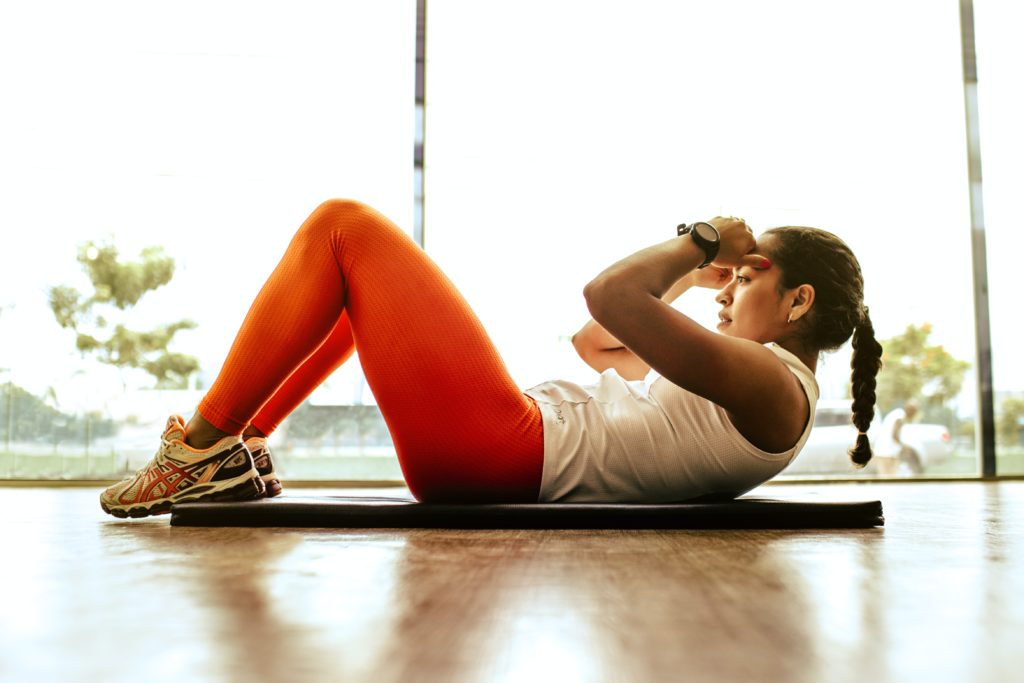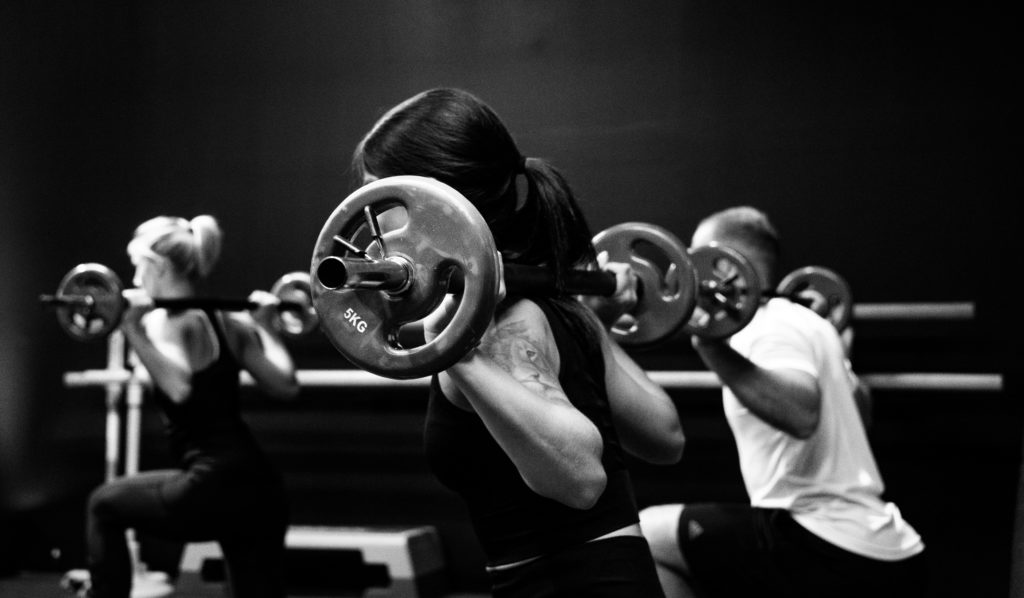So you’ve committed to being more active. Congratulations! As exciting as the thought is, I’m sure it’s also a bit intimidating, especially since you’ve been out of the game for quite some time.
You may also feel a bit overwhelmed because you may not know where to start. The last thing anyone wants is to make the wrong move and set themselves back. Well, not to worry. My goal is to provide you with peace of mind along with practical steps to implement so that you’ll feel encouraged by your new wellness practice.

Safety should always be our number one priority when starting a new exercise routine. The last thing we want is to push too hard and delay our chances of meeting our goals. Having an appropriate age-based intensity guide can be a game-changer for many.
Aging is something we may want to deny but is a factor that we should heavily consider when discussing safe movement protocols. Let’s take heart rate for instance: A simple calculation for heart rate is 220 minus your age. Theoretically, the older you are the lower your max heart rate is. Target heart rate during moderate-intensity activities is about 50-70% of maximum heart rate, while during vigorous physical activity it’s about 70-85% of maximum.
Intensity is not the only factor that we should consider. You’ll also want to take into account the amount of time between when you were consistently active until today. Don’t expect to pick up where you left off. Consider scaling the exercise down a notch and taking an inventory of how your body is feeling during and after the activity.

Consistency trumps intensity—you want to set yourself up for long-term success and sustained wellness practices. Think of this as a marathon, not a sprint.
If you want to operate efficiently then you must consider progressive overload. This simply means that the difficulty of the exercises need to become more challenging over time to get the most overall benefits.
Let’s take weight training for instance. Progressive overload comes in the form of using heavier weights each session, completing more reps with the same weight as the last session, adding one more set with the same weight as the last session, reducing your rest time, or adding more tension to the weights chosen. For example, for a bicep curl, you might begin the downward motion (eccentric phase) using a 5-second tempo as opposed to a quick-release on the way down.

As a personal trainer, I see many people spin their wheels in the gym while getting extremely overwhelmed. They second guess themselves with exercise selection, reps, sets…everything! I’d advise talking to a certified personal trainer at your gym and provide them with specific information regarding your wellness goals. Many times the first consultation or session with a trainer is free, so take full advantage! Ask many questions so you can make the most out of your experience.
As a general rule of thumb for newbies, starting off with compound movements—which are multi-joint movements such as squats, deadlifts, bench press—are the top exercises to incorporate into a new routine. Not only do they burn the most calories overall but they are the foundational exercises for strength building. Learning to do these correctly and often will allow you to reap the benefits of a great program.

Lastly, you want to make this experience as fun as possible. Remember that this is a marathon, not a sprint! In order to make this a true lifestyle change and not something you continuously start and stop, you’ll have to incorporate creativity and have fun while doing it. Invite your friends and family to join you, and explore different types of exercise and movement. There is no one “right” way—no matter what anyone says. Find something that will challenge you, entertain you, and provide you the opportunity to grow beyond what you once thought impossible.
Sources
Baker, Sammie. “Are You a Woman? This Female Trainer Says Your Body and Mind Will Thank You for Adopting a Weight-Lifting Practice Today.” The MAPS Institute, 24 Feb. 2022, https://themapsinstitute.com/why-women-should-lift-weights-and-more-than-5-lbs/.
Desormo, Jennifer. “A Behavioral Scientist Shares 4 Tips for Shaping up Our Personal Habits.” The MAPS Institute, 28 Sept. 2021, https://themapsinstitute.com/a-behavioral-scientist-shares-4-tips-for-shaping-up-our-personal-habits/.
Dounskaia, Natalia. “The Internal Model and the Leading Joint Hypothesis: Implications for Control of Multi-Joint Movements.” Experimental Brain Research, U.S. National Library of Medicine, https://pubmed.ncbi.nlm.nih.gov/16132966/.
“How Much Physical Activity Do Older Adults Need?” Centers for Disease Control and Prevention, Centers for Disease Control and Prevention, 6 Apr. 2022, https://www.cdc.gov/physicalactivity/basics/older_adults/index.htm.
“Target Heart Rate and Estimated Maximum Heart Rate.” Centers for Disease Control and Prevention, Centers for Disease Control and Prevention, 14 Oct. 2020, https://www.cdc.gov/physicalactivity/basics/measuring/heartrate.htm.
